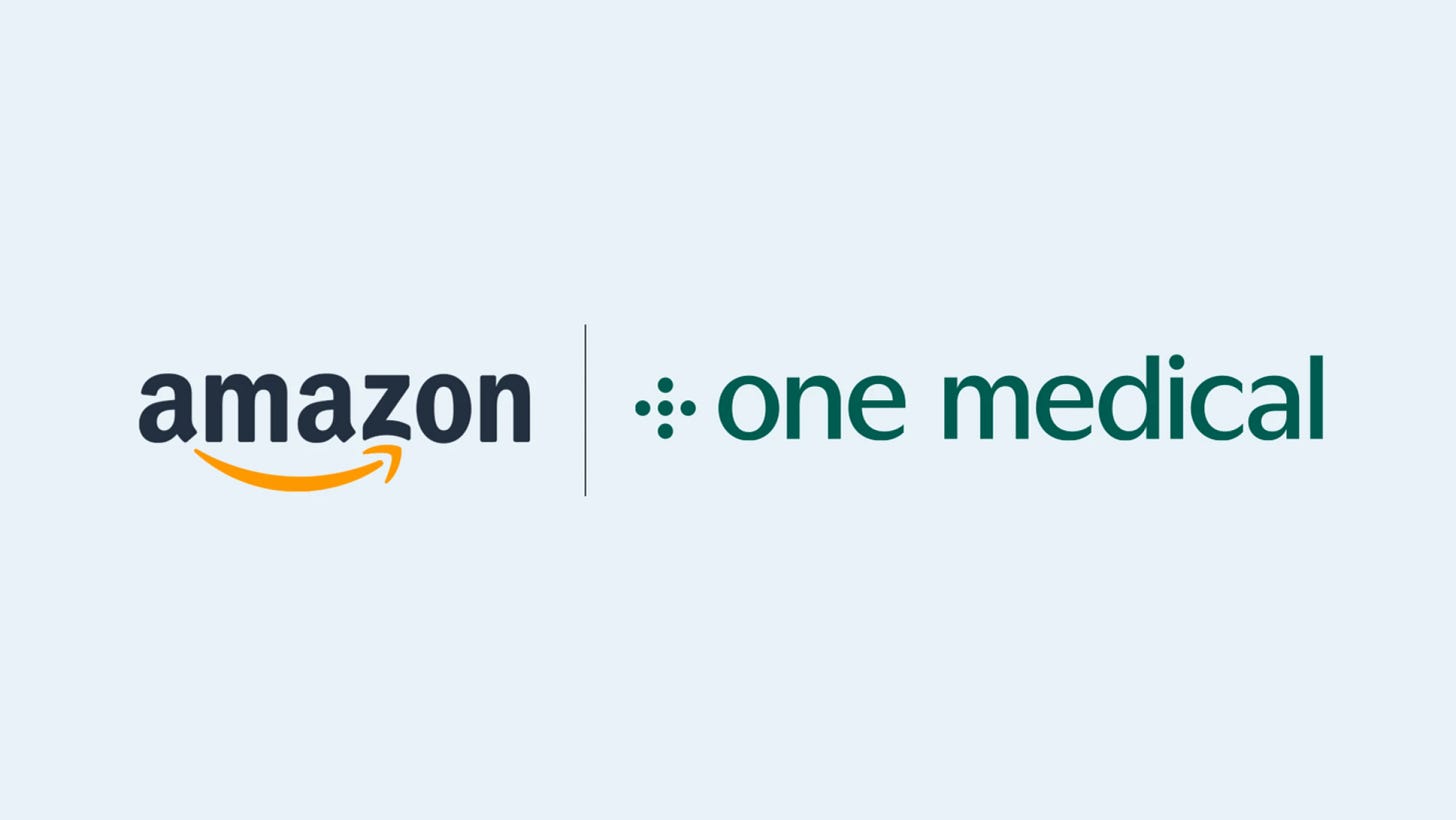How would I design an App to improve scheduling medical appointments?
Scheduling a medical appointment is quite painful in the US. I undertook a thought exercise to see how we can use product thinking to improve scheduling medical appointments.
Introduction
I come from India and have been in the US for almost eight years. I rarely have had to visit a doctor and don’t even have my allotted Primary Care Provider (PCP). A PCP is either a Physician, a Registered Nurse Practitioner, or a physician assistant who is aware of your medical history and is usually the first line of defense for any medical issues that may arise.
Most health insurance policies in the US offer a free annual PCP exam, which entails blood tests and other vital tests. I wanted to schedule one to get an idea of my overall health and to do so, you’d have to go to the insurance provider’s website, search for providers covered by the policy, and call the provider’s office to schedule an appointment.
I thought it would be better to visit an Indian provider as they would be familiar with how things function in India and can consult me better. I called an Indian provider’s office and there was a huge wait-time. When someone finally picked up the phone, it turned out that the provider was not accepting new patients. With the second provider, the earliest available appointment was three months later.
Then I thought that maybe I should find the best provider available and just schedule an appointment with them. One provider had the wrong contact details entered, another was not working with my policy anymore and the third one was accepting patients at a far away location. I finally gave up scheduling an appointment!
Coming from Urban India, I had never faced this problem of getting a primary healthcare provider’s appointment before. You just show up in the providers office and you’ll see a provider within an hour. I am just surprised about how difficult it is to get a provider’s appointment in a developed country like the US.
So I asked myself a question, if I had unlimited resources how would I design an App to improve scheduling a medical appointment in the US?
Who are my customers and what problems are they facing?
My primary customers are patients like myself, who have an employee sponsored insurance plan and PCP providers. Uninsured patients are out of scope because areas around government funding, US politics, lobbying etc. are too complex for me to even understand, let alone provide a solution to.
What problems are patients facing?
Patients like me find it very difficult to find a doctor. Firstly, you don’t know whom to select as different websites have different ratings and you don’t know what to trust. Now, if you find a doctor - you do not know whether the doctor will be covered in the insurance plan.
If you find a doctor in your insurance plan, you would have to call them and schedule an appointment, but sometimes the contact details might be incorrect. Finally, if you are able to connect with the right doctor, they might not be accepting new patients or the new patient appointment is available at a much later date.
So someone like me is always going to delay preventive healthcare, firstly because its not urgent and secondly because I don’t have so much spare time on weekdays to just get an appointment.
What problems are PCP providers facing?
There seems to be a severe shortage of doctors specializing in family medicine, as other specializations or other professions seem to be more lucrative than practicing family medicine.1 Secondly, it is estimated that for every hour of patient assessment, PCPs have to spend two hours in undertaking administrative work.
This administrative work includes writing summary notes and treatment options into a patient’s Electronic Medical Record (EMR), communicating test results and important announcements to patients and their caregivers. Moreover, digitization of medical records has increased the burden on doctors. It takes between sixteen to sixty clicks to prescribe something as simple as a Tylenol, with confusion causing errors in 30 percent of the cases.2
Doctors and their staff also have to liaison with insurance companies to ensure that the patient is covered by the right policy, which entails the whole nine yards from staying on hold to documenting phone calls to finally providing care and prescribing medicines.
Lastly, US medical system operates on a fee-for-service model where doctors are paid on discrete services they provide and that has been commodified into office visits. Doctors are not paid for following up on test results, digging through medical records or discussing cases with other doctors.
This results in doctors booking as many face-to-face visits with a compressed fifteen minute schedule. As patients find it harder to schedule an appointment, they turn to messaging, which is disincentivized and charged for a fee.3
How would I solve the problem?
Solution 1: Seamless appointment scheduler
The first thing that comes to my mind is to build an online scheduler where patients can search for providers covered under their insurance plans, filter providers based on their needs, search for their next available date and just schedule an appointment online.
This solution would require providers to share their calendars with the App. There could be significant adoption and scalability challenges as providers are not going to share their calendars with any other App. I’d have to network extensively and connect with providers, gain their trust and then onboard them on the platform.
Impact: High, Effort: Very High
Solution 2: AI Health Recorder and Assistant (Moonshot Solution)
The other solution is to build a AI health recorder which can take audio notes and output the recordings into an EMR template. The App can also leverage APIs provided by insurance companies to verify patient coverage. Additionally, the App can use conversational AI capabilities to prescribe medicines, preventing doctors to go through multiple clicks for the same.
The App would also have a human in the loop component where providers would have to review the notes and other records manually before AI can execute necessary steps. The idea here is that this App can free up doctors time, hence opening more slots on their calendars, hence making it easier for patients to schedule a doctors appointment.
This solution can also have significant adoption and scalability challenges. Moreover the AI needs to be exceptional when it comes to recording and translating provider-patient conversations and accurately filling the details in EMR template.
Impact: High, Effort: Very High
Solution 3: AI appointment scheduler
Another solution is to develop an App, where the patients can submit their custom responses by indicating their preferred time slots and other details. The App can fetch the providers list and contact details using API and call the provider offices.
The AI can translate the conversations, respond using the custom responses that the patient has entered and schedule an appointment with the earliest available provider. A typical medical appointment scheduling conversation is fairly simple, there’s a specific set of questions that need to be answered and that’s all.
Impact: High, Effort: Medium
How will I prioritize the solutions?
I’d like to prioritize solution 3 first. Though this is a technically complex solution, the adoption is relatively easy. I need to start by convincing my friends to signup to the platform and scale from there. I don’t need to talk to providers, nor do I need to drastically disrupt the medical industry.
If this App has adoption, I can extend the functionality to incorporate solution 1 where I can go to providers and ask them to integrate their calendars with the App. They would have a readily available pool of patients which trust the App and have been using this App to schedule appointments. So providers can leverage the network effect and make it easier for their existing and new patients to schedule appointments.
How will I monetize the product?
If I am a patient myself, I am not going to pay anything to schedule an appointment. Perhaps there is a section of patients who would not mind paying for the ease of scheduling, but they are not my target audience.
I’d have to start onboarding patients for free and once I have some traction, I can charge providers to give them a call preference and can also charge providers a subscription fee.
What does the competitive environment look like?
Zocdoc
Zocdoc is a healthcare startup that allows patients to book appointments online on both the App and the website. Zocdoc has partnered with more than 100k providers by integrating their calendars, hence allowing patients to seamlessly schedule appointments. The limitation of Zocdoc is that you can only schedule appointments with providers who have signed up on the platform, and there is a gap to target a whole set of providers not covered by Zocdoc.
Concierge Services
A lot of doctors now prefer moving to concierge medicine practice, which is a subscription model where patients pay a monthly fee to get access to providers. Providers in this model consult a lot less patients than they would in a traditional primary care practice. From a patient perspective, not everyone can afford to pay these subscription fees.
Companies like Amazon are exploring ways to disrupt the medical industry, where Amazon recently acquired a concierge medicine practice called One Medical. In this partnership, Amazon Prime members can pay additional subscription fees to consult with One Medical providers.
What metrics will I use to measure success?
Northstar Metric: Total time it takes to schedule an appointment (decrease over-time)
Supporting Metrics
No. of patients onboarded
This will measure growth over time
Time it takes to schedule the first appointment
The sooner patients use this App, the sooner they can see its value
Avg. no of appointments fulfilled (No. of appointments completed - No. of appointments cancelled / No. of appointments completed)
The true success would be determined by the number of appointments fulfilled over time. Trying a new App to schedule appointments is easy, but are patients actually consulting with providers?
Avg. no of appointments scheduled per patient
This will track whether patients are finding value in the App and are using it for their medical needs
Churn rate
This will track a set of patients who did not find value in the App, and I’d like to get some qualitative feedback to understand their needs and challenges with the App
No. of providers called per schedule attempt
This will track whether the AI system is getting better at reading metadata on the insurance website, conversing with humans by understanding conversations and responding appropriately
No. of call failures
This will track the correctness of data on the insurance website. The App should report inconsistencies back to the insurance company and rank the providers with incorrect information lower
— —
So this was my attempt to explore how I can use Product thinking to solve a common day to day problem. What do you think about this thought exercise? Do share your feedback or suggestion in the comment section below.
If you are new here, my name is Kushal and I currently work as a Senior Product Manager at SoFi. Do subscribe to my blog if you’d like to read more such interesting posts on product thinking, product strategy and random things I am curious about.






